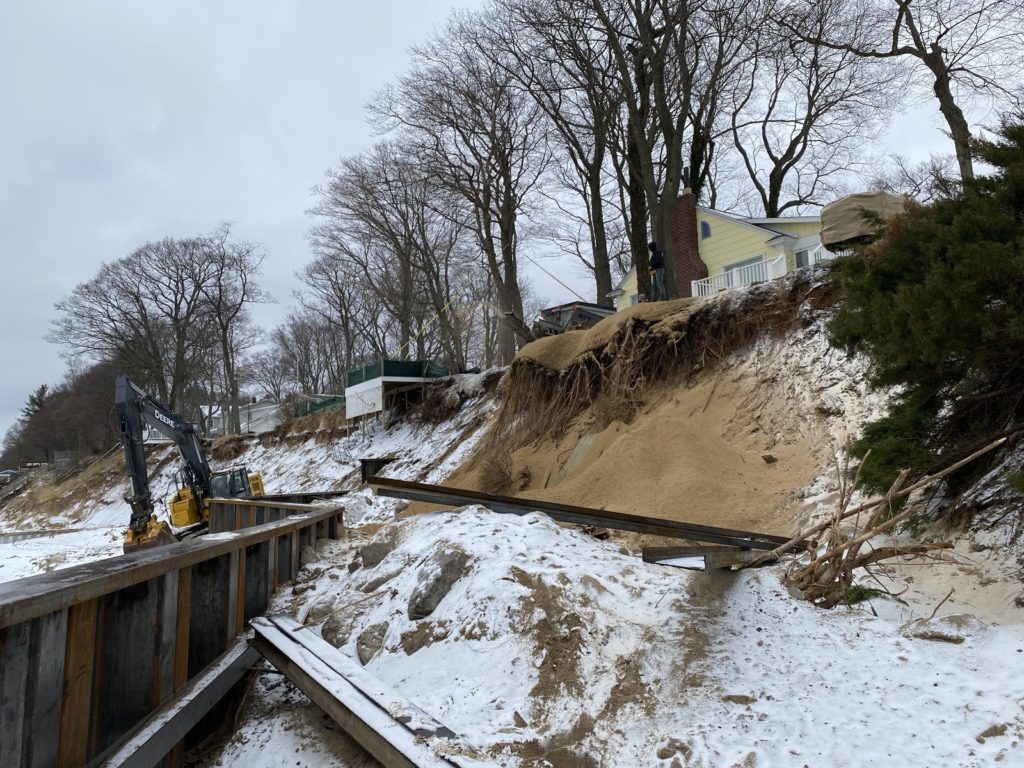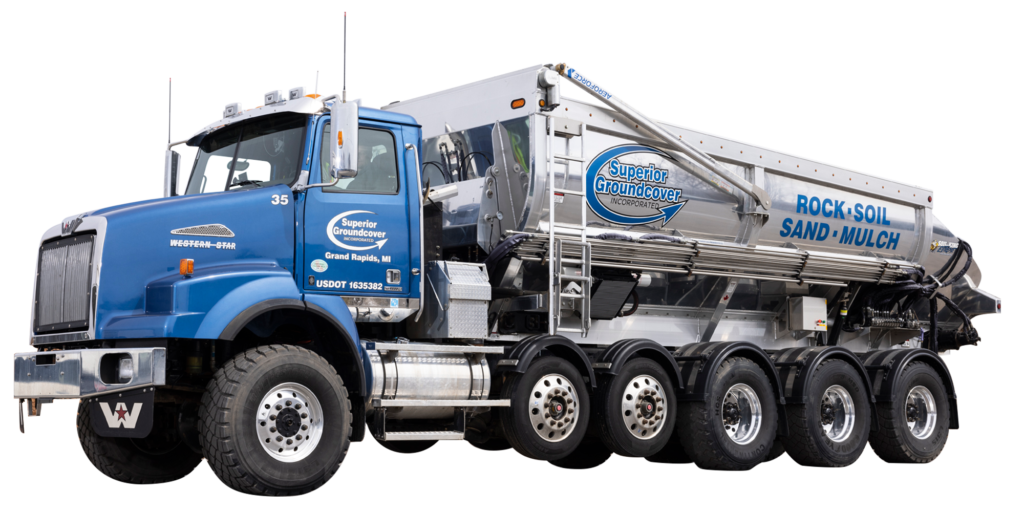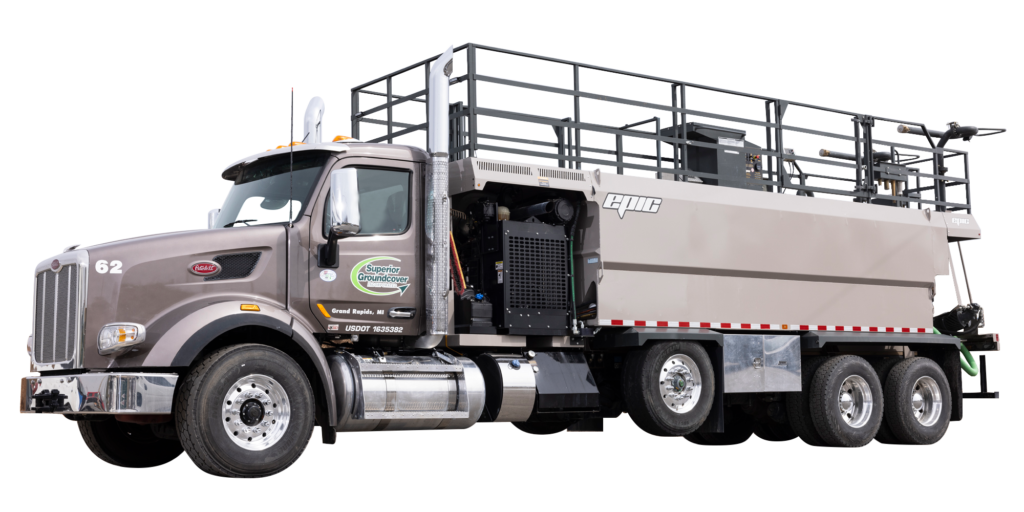Backfill for Seawall Installation & Repair


Seawalls are not permanent solutions. Over time, they actually make erosion worse due to wave flanking and scouring. In fact, the Michigan Shoreline Partnership, states that the “two most destructive actions” that cause shoreline erosion are removing natural vegetation and building seawalls or “hardening of the shoreline” in any way (Michigan Natural Shoreline Partnership, 2019).
Not only do they lead to worsening erosion, seawalls themselves are susceptible to erosive forces and need regular maintenance and repairs.
We have an article that discusses this and more about shoreline erosion called Shoreline Erosion: A Complete Guide if you are interested in learning about other more effective methods of erosion control.
If you already have a seawall and need backfill in order to repair or stabilize it, this article will walk you through soil stabilization behind seawalls, seawall drainage, seawall backfill materials, and more.
Storms and rainy weather can lead to seawall damage. When the soil around seawalls becomes saturated, it expands. When it dries, it contracts once again. This creates a force called hydrostatic pressure, which can cause the seawall to crack.
Another reason a seawall could crack is construction. Heavy movements nearby can create vibrations that are strong enough to begin to crack the seawall.
Soil erosion behind a seawall can cause a lot of damage. Soil erosion can happen due to poor drainage, soil acidity issues, loss of soil structure, or a lack of organic materials in the soil.
Backfill behind seawalls is necessary for installation as well as in many repairs. Superior Groundcover backfills seawalls using our slinger trucks in order to quickly fill and rebuild lost dunes. Our blower and slinger trucks can sling sand up to 80 feet away from the truck, and pump sand up to 400 feet away from the truck. This equipment allows us to reduce the harmful effects on the environment.


Soil stabilization behind seawalls
The soil stabilization method Superior offers is a hydraulically applied mulch, with seed incorporated into the mixture. This is only a topical application, and does not address stabilization issues below the ground surface.
Do you need drainage behind seawalls & retaining walls?
Proper drainage behind a seawall is highly important. Without proper drainage, hydrostatic pressure can lead to cracks and damage. Seawalls are not meant to function as dams, but rather to retain dirt. Both rainfall and water from waves will pass in and out of the wall structure, and without proper drainage, can cause the seawall or retaining wall to fail.
There are many types of drainage systems that can be installed in order to prevent cracks from hydrostatic pressure. These systems should be professionally installed and maintained.
Soil & stone delivery and slinging for seawall backfill
Superior Groundcover offers sand and stone delivery and slinging for seawall or retaining wall backfill. Our methods are efficient as well as less environmentally damaging because of the equipment we use.
Best way to fill dirt behind seawall
Superior’s fleet of blower and slinger trucks allow us to backfill behind seawalls extremely efficiently and from a distance.


Using crushed concrete aggregate or stone as backfill
Crushed concrete aggregate is made up of different sizes of crushed concrete. The combination of sizes gives the aggregate certain properties. You can read our article on crushed concrete to learn more about the different types of aggregates.
Crushed concrete is a great sustainable option because it prevents concrete from ending up in landfills. These types of backfill are a good choice because they allow for better drainage than sand or soil. Sand and soil particles are so small and loose that they are easily moved by passing water. They can also absorb the water and cause hydrostatic pressure. Stone conversely allows the water to pass through without movement.
When do you backfill the seawall during construction?
Backfilling is the last step in the seawall installation process. In most seawall installation processes, you will begin by examining the area. Next you will need to remove a pre-existing seawall if there is one there that has failed. After removing the old seawall, you can begin construction of the seawall. After the seawall has been welded to the shore, it’s time to backfill.






